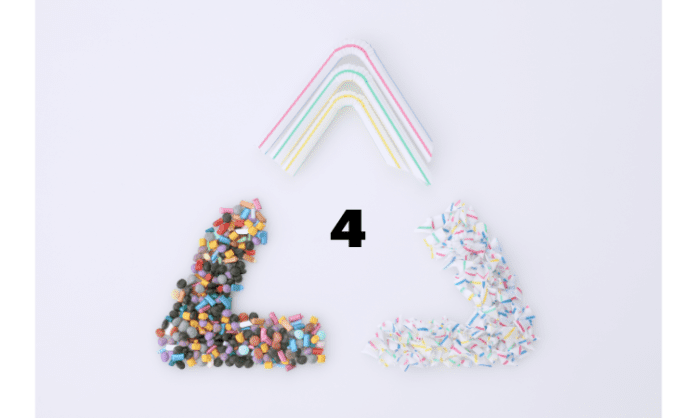
We all know that plastic is one of the biggest problems facing our planet. It’s estimated that about 17 percent of the world’s total greenhouse gas emissions come from just landfills in North America alone, and this number continues to grow with every passing year. But these numbers don’t tell the full story; sometimes it can be hard to figure out exactly which type of plastic you’re dealing with. If you want to make sure your recyclables are actually being recycled effectively, then knowing what the different types mean will help ensure they are being reused instead of dumped into landfills or sent overseas where they could end up in oceans or on beaches where they could harm wildlife. So, let us find out what are the 7 plastic recycling numbers meaning and how to classify them.
The first thing to know about plastic recycling numbers meaning that they’re not just random.
plastic recycling numbers are not just random. Each plastic recycling number has its own meaning. Those numbers are a result of a set of standards set by the Society of the Plastics Industry (SPI).
Plastic recycling numbers are the melting point of plastic. It is important to know the plastic recycling numbers meaning properly of any plastic container. This allows it to go through the specific sorting system.
These numbers help identify the soft to hard type of plastic and its properties. For example, “2” means HDPE (high-density polyethylene) and “4” means LDPE (low-density polyethylene). The number also indicates whether or not it can be recycled into new products. For example, “1” is PETG — which stands for polyethylene terephthalate glycol — and that means it can be recycled 100% through closed-loop systems without losing any quality or purity.
Also Read :- Impact of Construction and Demolition Waste on Environment.
1 PETE or PET (polyethylene terephthalate) is commonly used for soda, water and juice bottles, food trays, blender containers and household cleaner containers.
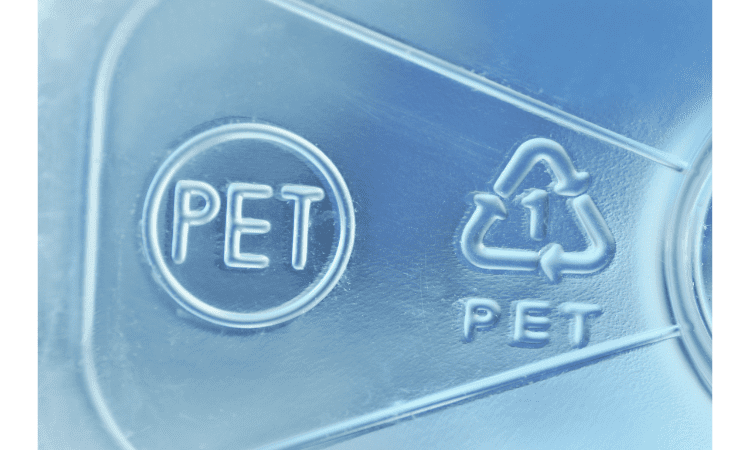
One of the most common plastics used for recycling is PET. It’s used in beverage bottles, food trays and blender containers. Household cleaners are also commonly packaged in PET plastic bottles. Unfortunately, they are not as typical to recycle as other recyclables like paper and metal cans.
PET is considered one of the safest plastics to use because it has a high resistance to breakage and scratches. This makes it great for holding liquids such as water or soda that can be easily spilled and create a mess if they leak out of their container while being transported or stored.
While all PET plastic containers can contain BPA, some do not have any additives at all (like on water bottles). Other products may have varying amounts depending on how much time they’ve spent sitting around before being recycled into new products again—which means you should always read labels carefully before putting anything into your recycling bin!
2 HDPE (high density polyethylene) is commonly used for milk jugs, laundry detergent, shampoo bottles and oil bottles.

Code 2 HDPE (high density polyethylene) is commonly used for milk jugs, laundry detergent, shampoo bottles and oil bottles. This can be recycled into many things including plastic lumber. The recycling number 2 indicates that this item is made from high-density polyethylene (HDPE). It’s not used for plastic bags or other disposable containers since it does not have any additives like colored dyes or pigments to give the item color; however, it can be recycled into a variety of products like plastic lumber. The recycling symbol means that this material can be recycled into a wide range of items such as garbage bins and crates as well as toys and drinking cups.
The recycling process involves melting down the plastics at very high temperatures which results in tiny pieces called flakes or pellets depending on the size they come out. Next, they’ve been melted down again after being sorted through several times by machines that sort them based on their weight ratio using different types of sorting equipment which separates them based on their chemical compositions. Each form has its own separate container.
3 PVC (polyvinyl chloride) is used for pipes, window frames and cling wrap.
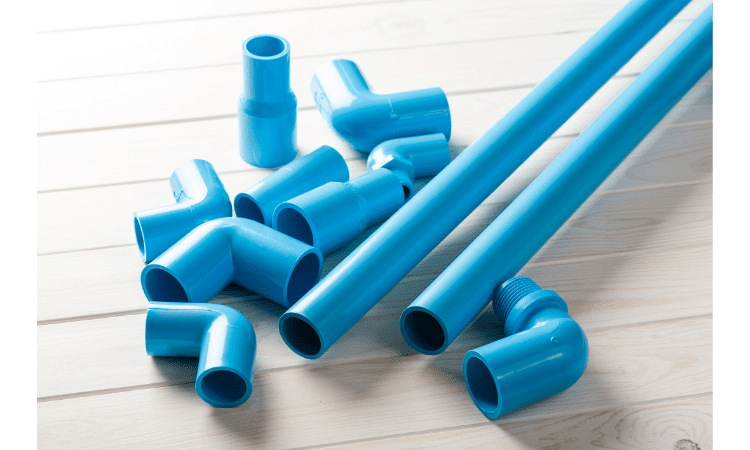
PVC (polyvinyl chloride) is used for pipes, window frames and cling wrap.
- It’s not recyclable. PVC is a petroleum-based plastic that contains harmful chemicals called phthalates. Phthalates are released when PVC is burned, so it’s best to keep it out of landfills completely by not recycling it with your other plastics (or even putting it in the trash).
- It can cause cancer if you breathe in its dust or fumes while manufacturing or disposing of the material.
- How dangerous it is: According to Environmental Health News, “In laboratory animals exposed to high levels of phthalates over many generations, damage has been seen in the reproductive system—including increased risk for infertility—as well as changes in liver function and increased insulin resistance.”
4 LDPE (low density polyethylene) is used for bags and shrink wrap.

The number 4 is used to identify polyethylene, a thermoplastic polymer. Polyethylene is made from ethylene and can be used in the production of various items such as bags, shrink wrap, bottles and packaging. These materials are often marked with the recycling symbol consisting of two arrows that form a triangle pointing downward.
The plastic material has some important properties which make it useful for these purposes:
- LDPE is flexible and easy to work with because it can be stretched into thin films without breaking;
- It has low density (1g/cm3);
- It has good chemical resistance due to its high molecular weight;
- It does not dissolve easily in water or oil.
Plastic recycling number 5 PP (polypropylene) is used for yogurt containers and ketchup bottles.

The number 5 on the bottom of your plastic bottle indicates polypropylene, which is a type of plastic that’s used in many household items. It’s a good choice for packaging and food containers because it’s sturdy, doesn’t easily break down into tiny pieces, and won’t leach chemicals into the food or drink it holds. But polypropylene can be dangerous if ingested: In one study, animals who were fed large amounts of polypropylene had stomach bleeding and inflammation (source).
Because of this hazard, you should never put any type of plastic recycling into your compost pile; it could contaminate the soil you’re growing vegetables in! You also shouldn’t reuse PP products as storage containers because they won’t last long enough to store anything other than very short-term items like dry foods like cereal or crackers (they’ll start to smell after about three months).
6 PS (polystyrene) is used for some food containers and packing materials.
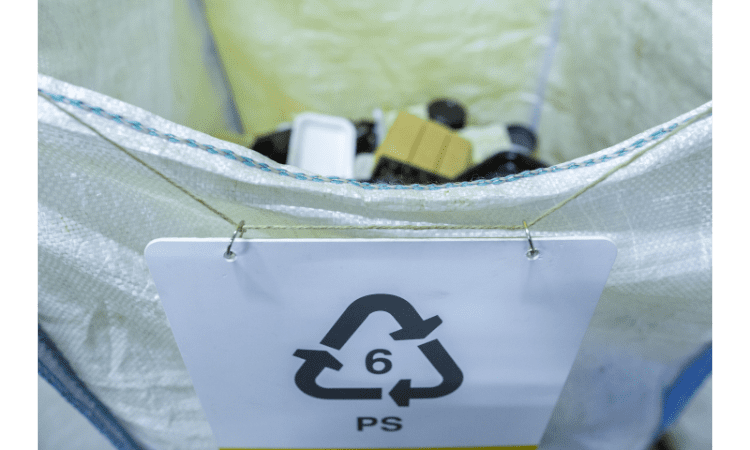
When you recycle plastics, you should always check the number on the bottom of your container. But what do those plastic recycling numbers mean?
PS is used for some food containers and packing materials. The recycling symbol indicates to not put it in a recycle bin or drop-off center. While PS is recyclable, it can’t be recycled at normal facilities because it’s made from styrene monomer (SM). The SM must be stripped out of PS before it can be recycled. This process isn’t cost effective or practical for most manufacturers so they don’t bother with it–so instead, manufacturers like McDonald’s use new plastic for their products that can actually be recycled!
What you can do: If you’re still curious about where your food packaging ends up when it gets tossed out, ask your employer if they participate in a recycling program nearby that would accept items like these instead of throwing them away!
7 Other describes a variety of plastics with varying properties, including polycarbonate, which is strong and clear like safety goggles, or biodegradable plastics like PLA or polylactic acid.
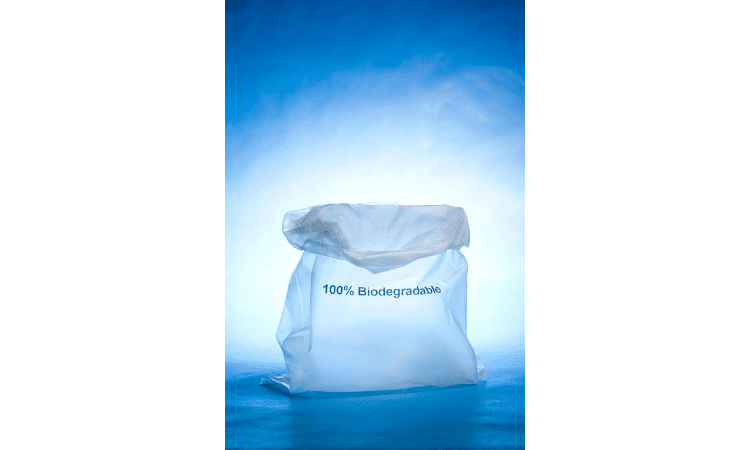
7 Other is a more general category that includes a variety of plastics with varying properties. Some, like polycarbonate and polypropylene, are strong and clear like the safety goggles you wear at work or when you need to see far away. Others are biodegradable plastics like PLA (polylactic acid) or polylactic acid (PLA).
The reason it’s helpful to know what these other types of plastic are is because different types can be used for different applications—and knowing how dangerous they are helps determine whether it’s safe for you to handle them. For example: PETE is one type of plastic commonly found in water bottles; however, due to its chemical makeup (hydrocarbons) it’s not ideal for food storage so should not be stored with food or used as tableware.* Similarly, PP has properties similar to PE but may contain additives that make it unsafe for contact with food products; this means that items made from PP should never come into contact with food preparation surfaces such as countertops or cutting boards.
Know what you are buying when it comes to plastics so you can recycle appropriately

When it comes to recycling, there are many questions that you should ask yourself. These questions will help you understand what type of plastic you have and how it should be recycled. Asking yourself these questions will help you know what type of plastics you are buying, whether that’s plastic bags at the grocery store or a water bottle from your favorite coffee shop.
By knowing plastic recycling numbers meaning, we can make sure that we recycle them properly so that they can be reused rather than end up in landfills or oceans where they could harm wildlife and pollute waterways.
Conclusion
The takeaway is that plastic recycling numbers are not just random. They’re based on the material used to make the container and its properties. If you have prior knowledge of plastic recycling numbers meaning then you can recycle most plastics according to their numbers.
Also Read :- Reasons Why We Should Recycle.











